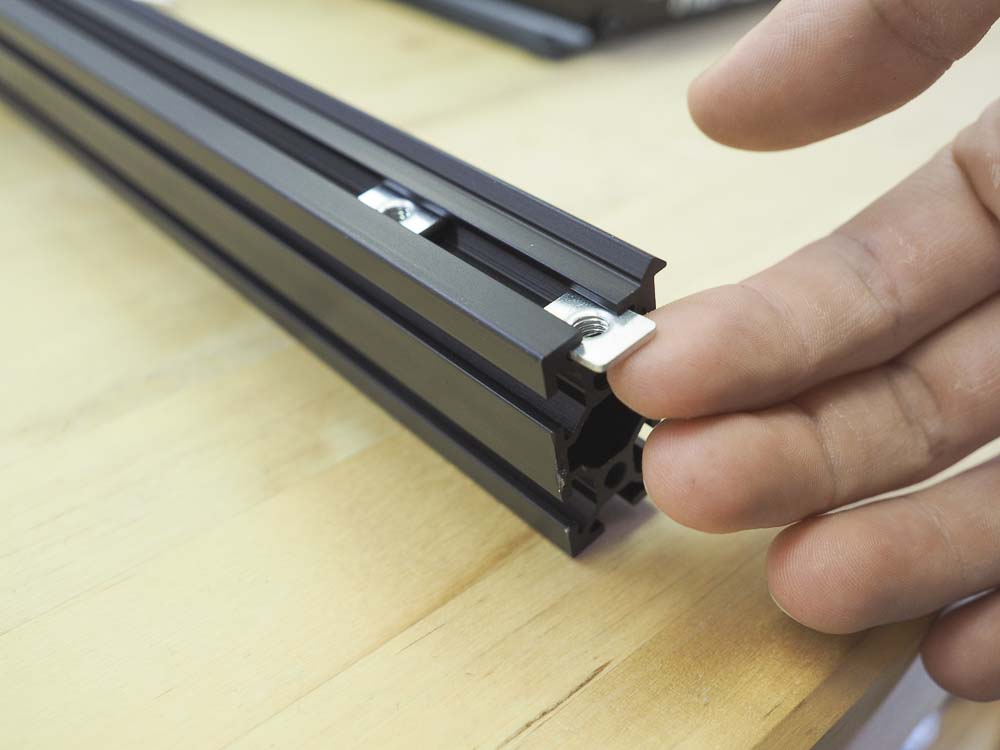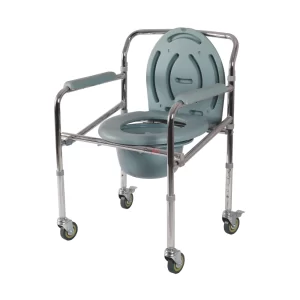
Railways are recognized for their unique way of construction materials used in them. They have steel wheels and run on steel tracks. This is truly said by someone that railways will always need steel and steel will always need railways.
These days railways use several types of steels in their requirement of material, and steel is the thing that meets with the cost, reliability, weight, maintainability, crashworthiness, and inspection that are needed by the railways. Various types of steel required by railways are:
- Locomotives, wagons, and coaches
- Tracks of the rails
- Infrastructure
- Electric traction
How can you define rail track?
Rail tracks are the path on which the wheels of the train move. It can be divided into four sections:
- Rails: Rails are the two parallel lines of tracks to give a constant, continual, and level surface so that the train can smoothly move over it. To be able to endure stresses, they are made from high carbon steel, sulfur as well as phosphorus, and also aluminum. Some grades of steel include chromium. Rails are also produced from special steels consisting of niobium or vanadium. Recently rails made from rust-resistant steels have also been developed.
- Sleepers: Sleepers of the rails are a vital part of the railway element. As a whole, it is also called railway connections, train ties or crossties.
- Fish plates: The fish plate is an essential link in between two rails. So, if the top quality of the fish plate is poor, the caused consequence is very big. The functions of the rail joint, made by two joint bars or more typically called fish plates, are to hold the rail’s both ends as well as serve as a girder or bridge between the rail ends.
- Rail fasteners
The fasteners hold the rails in the rail tracks in their correct position with the help of rail nuts to make sure the smooth running of trains.


